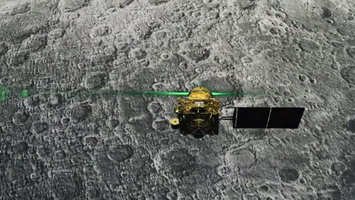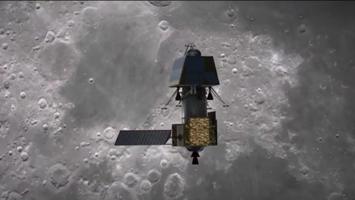Virtual Private Networks first came into use in 1996 and are among the most enduring innovations in online browsing with popularity on the rise around the world.
VPNs were originally developed as tools for corporations and governments to connect their offices in different countries, to make it easier for people to work together.
But as surveillance and control of the web have increased, a market has emerged and expanded - for people to work around internet blocks and to hide their location online.
Particularly popular in countries with authoritarian tendencies, such as Iran, China and Turkey, VPNs are now getting downloaded in more countries like Sri Lanka, across the Gulf, as well as the United States, as data theft, online tracking and web blocking grow increasingly common.
"During the protests in Sudan, the authorities issued an internet shutdown and a lot of people were using VPNs to circumvent this censorship," Melody Patry, advocacy director for Access Now, tells Al Jazeera. "It really enabled thousands and thousands of people to have access to social media to share pictures, videos to communicate between each other but also with the world about what was going on in the country."
Beyond the use of VPNs by activists and journalists keen to spread information outside of a country, the networks also enable users to pursue a diverse array of interests and even to flout the law.
"You'll have more ordinary users who just want to watch pornography or sports. And people do that all the time," Joseph Cox, cybersecurity journalist with Vice, points out. "I don't know if it's a legitimate use for VPNs - obviously some will skirt legality - but people use VPNs for all different sorts of reasons."
Over the last few years, the number of VPN services has boomed. Nord VPN, Hotspot Shield, ExpressVPN, Tunnel Bear and CyberGhost are just a few of the most popular names on the market.
According to Harold Li, vice-president of Express VPN, VPNs used to be challenging to set up but now it is just a matter of downloading an app. He argues privacy and security are not luxuries now, so "VPNs are no more luxury than having a door a lock on your front door".
Countries like Indonesia and Turkey rack up some of the highest numbers of software downloads. But the jump in usage of VPNs has not gone unnoticed by authorities. In countries like Belarus, Iran, Oman and Russia for instance, VPNs are subject to heavy restrictions and there are even some laws in place banning them.
Yaman Akdeniz, associate professor at the Istanbul Bilgi University, notes that VPN usage in Turkey is not criminalised but recently the country amended its internet law permitting authorities to request access blocking VPN services.
"Several of these well-known VPN services are inaccessible from Turkey and if you manage to access their websites and have an account with them, then they don't work," he says.
In China, authorities aren't just blocking foreign VPN services, they have also been pushing the use of state-approved and locally-created VPNs that guarantee neither privacy nor anonymity - leaving many people exposed.
"When it comes to government and state blocks, that is something that we've been seeing all around the world for the past decade," says Li. "And we expect that will only continue to increase."













